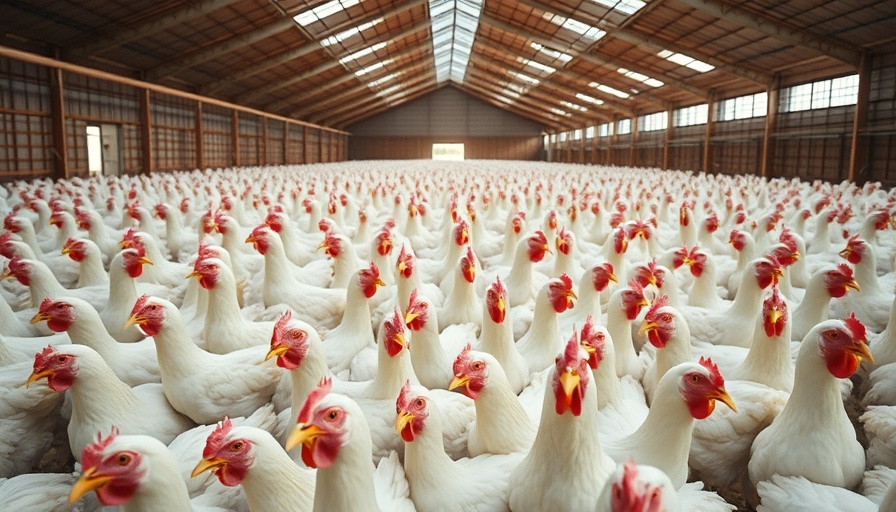
Understanding the Return of Bird Flu
As migratory waterfowl return with the changing seasons, the specter of avian influenza looms once again. Recent reports indicate that outbreaks of bird flu, particularly the dangerous H5N1 strain, are emerging earlier than usual this year in various states, including Minnesota, Iowa, and Wisconsin. This comes after a summer lull characterized by a drop in poultry culling and lower egg prices.
Historical Impact and Current Outbreaks
The effects of H5N1 have been felt across poultry farms, leading to the culling of millions of birds. Just within the past month, over 4 million birds were reportedly removed from farms in Minnesota and Iowa due to positive test results. The early onset of these outbreaks raises concerns for farmers and agriculture experts alike. The Iowa Agriculture Secretary, Mike Naig, reflects this uncertainty by questioning how widespread the infections might become this autumn.
The Science Behind the Virus
Bird flu has shown a persistent ability to mutate and spread among avian populations, potentially creating risks for humans should the virus adapt to infect mammals more readily. Although health officials currently assert that the risk to human health remains low, the virus's tendency to evolve calls for ongoing vigilance. Experts are particularly concerned about how funding cuts to mRNA research could affect vaccine development if the need arises.
Current Measures and The Need for Preparedness
Despite the alarming news, health agencies and poultry industries employ robust strategies for monitoring and controlling outbreaks. The USDA and local health departments are working proactively to detect and limit the spread of this virus. Yet, experts like Erin Sorrell from the Bloomberg School of Public Health emphasize that the time is ripe for a coordinated response, focusing not just on birds but all affected species.
Future Predictions and Economic Implications
As we brace for what could be a perilous autumn season, farmers and policymakers face tough decisions. The cyclical nature of these outbreaks suggests that this won’t be the last we hear of bird flu. The economic repercussions, particularly concerning egg prices and poultry availability, necessitate thorough preparations. Poultry farms may soon need to rethink biosecurity measures and develop contingency plans to minimize losses.
Conclusion: The Imperative for Ongoing Vigilance
As migratory birds return to the U.S., we must remain informed and prepared for the potential spread of avian influenza. The lessons learned from past outbreaks remind us that public health threats can quickly escalate. Stakeholders in agriculture are urged to take proactive measures to protect both animal welfare and human health.
 Add Row
Add Row  Add
Add 




Write A Comment